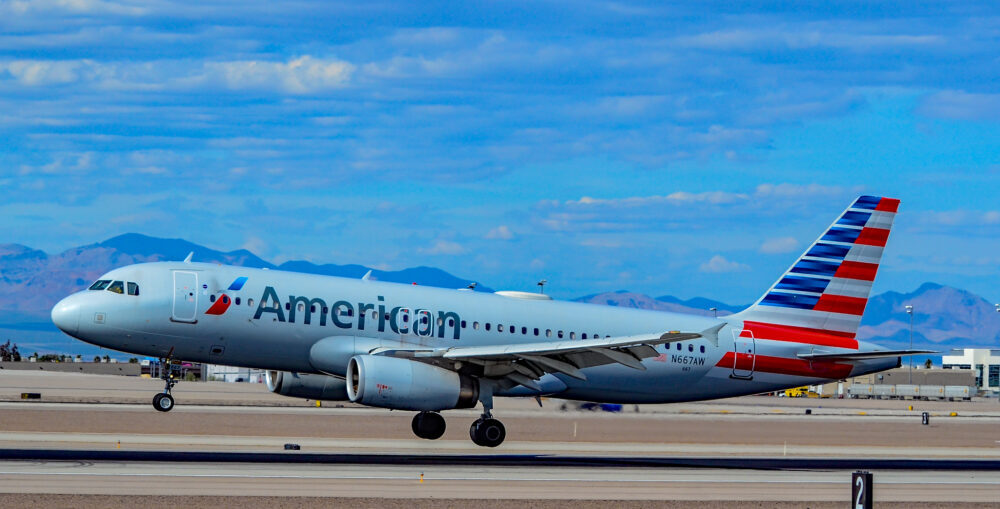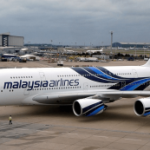Table of Contents
Search Cheap Flights and hotels
An American Airlines Airbus A320 was at the center of a potential drama yesterday after the flight crew reported multiple hydraulic failures. The flight from Syracuse to Charlotte spent 45 minutes in the air before returning to its departing airport and landing safely with emergency services standing by.

Drama as A320 suffers hydraulic failure
As reported by The Aviation Herald on October 23rd, an American Airlines Airbus A320-200 suffered multiple hydraulic failures, forcing it to return to its origin airport. The aircraft, registration N110UW, was operating flight AA-530 from Syracuse, New York, to Charlotte, North Carolina, with 91 people onboard.
The A320 departed from runway 10 at Syracuse and was climbing normally. At 10,000 feet, the crew stopped the climb and requested to return to Syracuse, reporting that they were experiencing a problem which they were working on. Subsequently, the crew advised that they had multiple hydraulic failures and would need some time to set up for landing.
The aircraft entered a holding pattern at 7,000 feet while working through the checklists. The crew advised air traffic control that they would have no nose wheel steering on landing. Around 45 minutes after departure, the crew l anded the aircraft safely on Syracuse’s runway 10.
Check prices and Book Cheap flights and hotels Now
They stopped on the runway, confirming that they had no nose wheel steering and would need to be towed from the runway. While advising that they had no fumes onboard, they asked emergency services to check the plane for any leaks.
Simple Flying reached out to American Airlines for a comment and a spokesperson gave this statement:
“American Airlines flight 530 from Syracuse, NY to Charlotte returned to Syracuse following a mechanical issue on Oct. 23. The aircraft landed safely and taxied to the gate. Our maintenance team is evaluating the aircraft. We never want to disrupt our customers’ travel plans, and we are sorry for the trouble this caused. Passengers were re-accommodated on another aircraft to their final destinations.”

Several Airbus aircraft have recently experienced hydraulic failure
Yesterday’s American Airlines incident is not the first to strike Airbus aircraft recently. On October 13, a UPS A300 cargo plane suffered hydraulic failure while preparing to land at Louisville, Kentucky. The crew had to lower the landing gear manually and, after a hard landing, the brakes locked, causing several tires to blow out.
In September, a Meraj Airlines A320 operating a domestic flight from Tehran to Kermanshah was twice forced to return to Tehran after indications of a hydraulic leak. On August 7, the crew of a Brussels Airlines A320 declared a PAN PAN emergency and reported a hydraulic issue. The aircraft returned to Brussels and landed safely.

American Airlines’ A320 Fleet
According to Planespotters.net, American Airlines operates a fleet of 862 planes with Airbus and Boeing aircraft. The Airbus fleet is made up of 133 A319s, 48 A320s, and 241 A321s. The A320s have an average age of 19.6 years, and the aircraft N110UW involved in yesterday’s incident is 21.1 years old.
The airline had also operated 24 Airbus A330 widebody aircraft, which it had inherited in its merger with US Airways. The A330s were parked up at the onset of the coronavirus pandemic, and American Airlines confirmed last week that they were all being retired with immediate effect. The carrier now operates an all-Boeing widebody fleet.
That could indicate that, as the airline retires its aging Airbus aircraft, they may be replaced with Boeing planes. Having aircraft from just one manufacturer can mean lower maintenance and training costs. Moving forward from the current crisis, that could be the way to go for many airlines.
Have you been involved in a drama caused by an aircraft hydraulic failure? Tell us about in the comments.


